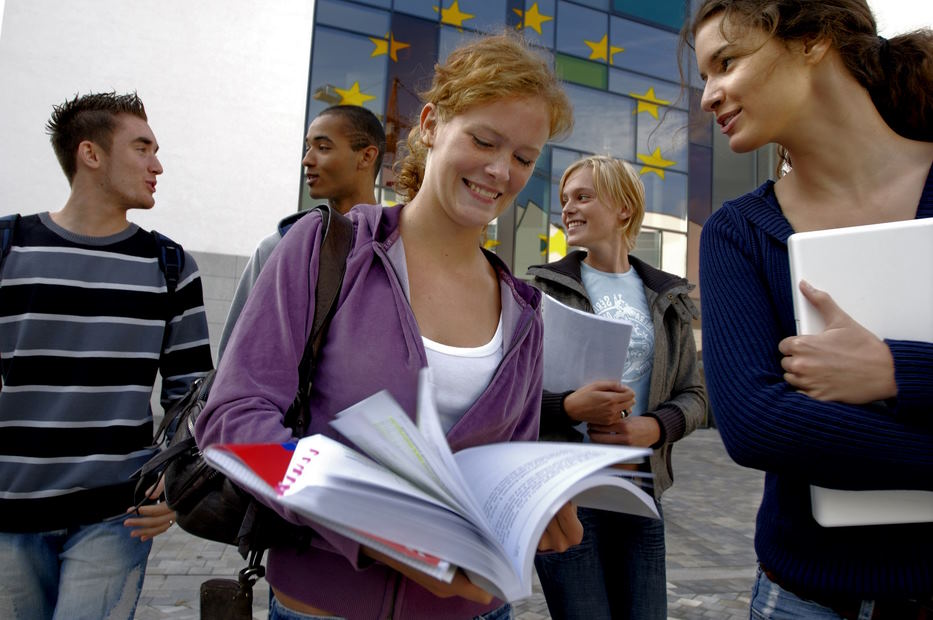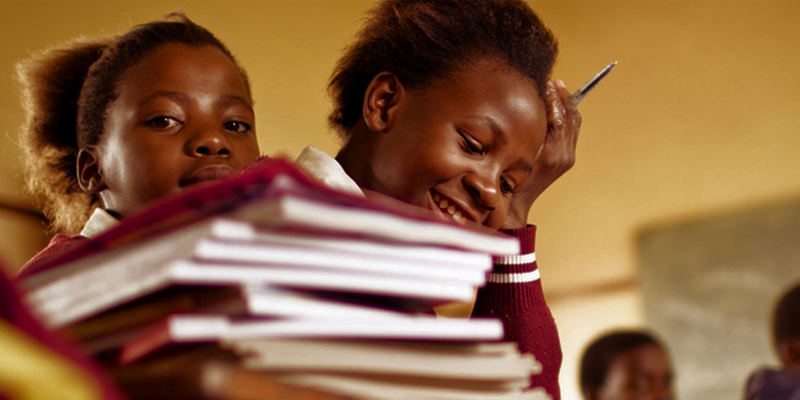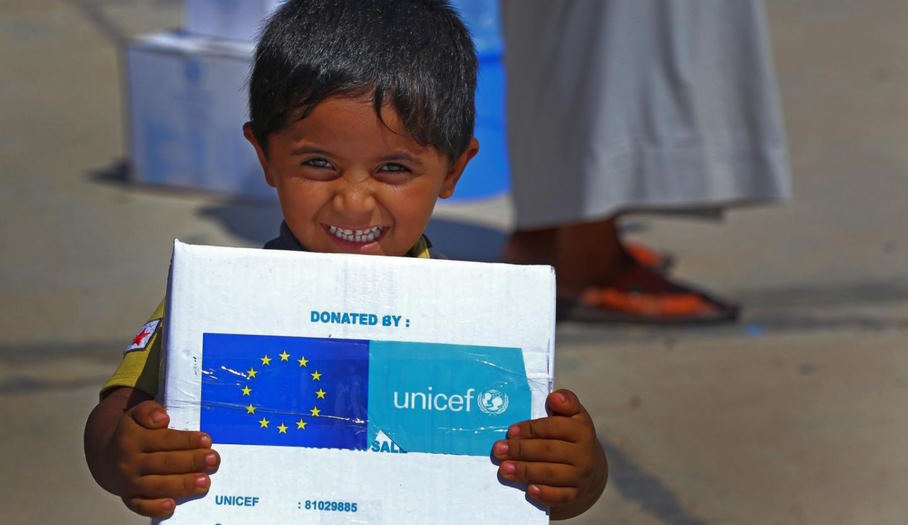Education is a fundamental human right, yet far too many children worldwide lack access to quality education. NGOs and other organizations have been working hard to provide educational opportunities for these disenfranchised youth, but none are doing as much good in this area as the European Union (EU). The EU’s commitment to humanitarian aid provides valuable resources for those in need and helps create long-term positive change through investment into educational development across countries suffering from poverty and conflict. In this blog post, we will explore why EU humanitarian aid is vital for providing children in need with meaningful education that can break the cycle of ignorance and adversity.
How EU humanitarian aid is helping children around the world get an education
The European Union has long been a leader in the field of humanitarian aid, providing relief to those in need around the world. One key area where this aid is making an enormous difference is education for children. The EU support helps children access vital educational services and opportunities that would otherwise not be available.
In war-torn countries like Syria, many families have had to flee their homes, leaving behind everything they own and rely on in life. This can make the process of getting an education incredibly difficult for children whose families are now living as refugees. However, the EU’s humanitarian aid has made it possible for these displaced children to receive formal schooling and other educational tools, such as technology, through schools organized by NGOs or UN agencies.

The EU has also provided technical and financial aid to countries like Ethiopia and Zimbabwe, helping them build up-to-date educational systems and provide a better quality education for children. This includes funding for teachers’ salaries and creating learning materials, as well as building new schools in rural areas or providing scholarships for students from low-income households who would not otherwise be able to attend school.
In addition, the European Union has been heavily involved in global initiatives such as the UN Sustainable Development Goals (SDGs), which include goals related to providing access to quality education worldwide by 2030. By supporting these initiatives, the EU is helping more children worldwide get an education and improve their chances of succeeding later in life.
The European Union’s humanitarian aid is making a difference in the lives of millions of children worldwide. More children are getting access to quality educational services that were otherwise unavailable through its assistance and support. This is helping to create a brighter future for these kids, ensuring they have equal opportunities to realize their potential fully.
Ways to use EU humanitarian aid for education
- Provide direct support for education services: EU humanitarian aid can provide direct support for education services in crisis-affected areas, such as providing school supplies and infrastructure, funding training for teachers and school staff, and providing grants to students in need.
- Improve access to quality education: The EU can use its humanitarian aid to ensure that all children in conflict-affected areas have access to quality education by improving the availability of learning materials and resources, offering scholarships or other incentives to at-risk youth, and creating programs that help displaced children complete their studies.
- Develop educational programs: EU humanitarian aid can fund educational initiatives tailored to vulnerable populations affected by conflict or natural disasters. These programs could include special resources or support services for refugees and internally displaced persons, as well as initiatives to help children who have been orphaned or separated from their families.

- Strengthen education systems: The EU can use its humanitarian aid to strengthen the educational systems in crisis-affected areas by providing training and resources to school administrators, improving schools’ access to technology and other learning materials, developing partnerships with local organizations, and investing in public-private collaborations that improve access to quality education.
- Build capacity within educational institutions: Aid from the EU can build capacity by supporting teacher training programs, establishing mentoring programs for students, and providing funding for research projects on education-related topics in crisis-affected areas. This can help ensure that educators have the skills and resources needed to support students in their classrooms effectively.
- Increase public awareness: EU humanitarian aid can also increase public awareness about the importance of education for children affected by conflict or natural disasters. This includes campaigns that promote access to education and initiatives that provide information about available educational services and resources for vulnerable populations.
- Mobilise communities: The EU can use its humanitarian aid to mobilize communities around educational issues, such as creating community networks that work together to improve access to learning materials and opportunities, providing financial support for schools in rural areas, and advocating for better outcomes for children affected by crises.
In conclusion, EU humanitarian aid can be used in various ways to support education services for children affected by conflict and natural disasters. By providing direct support, improving access to quality education, developing educational programs, strengthening educational systems, building capacity within institutions, increasing public awareness, and mobilizing communities around the issue of education, the EU can help ensure that all children can receive a quality education even during times of crisis.

